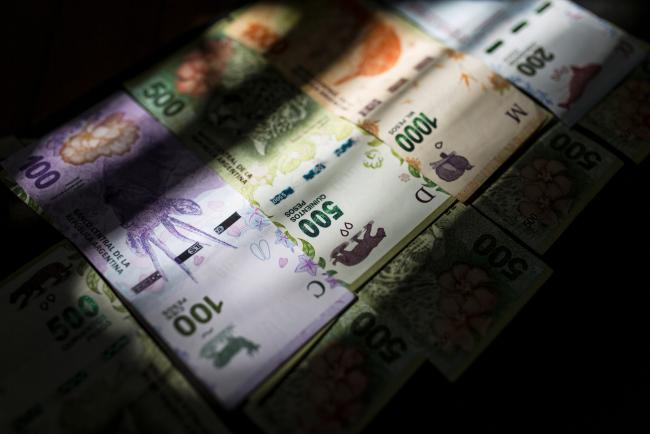(Bloomberg) -- Making money on the Argentine peso has required nerves of steel, great timing and plenty of trust.
The peso tumbled more than any other peer in an expanded group of major currencies this year amid persistent inflation, weak economic activity and twin deficits. Still, high interest rates offer a decent buffer for traders willing to take the risk.
Since the central bank started boosting rates with a massive hike at the end of August, carry traders who believed in policymakers’ ability to spur enough confidence to keep the market functional garnered gains of 15 percent. The peso sank about 13 percent in that span.
It all depends on when you jumped in. Traders who waited until this year earned just 0.3 percent, second worst among Latin American currencies.
Despite this year’s subdued returns, the central bank’s recent announcements may have changed the outlook for peso traders. By saying it wouldn’t buy dollars if the currency appreciates beyond the lower bound of the now fixed no-intervention zone of 39.75 per U.S. dollar, officials significantly reduced the risk of a quick depreciation, which might have been leaving some on the sidelines.
Carry traders also still have roughly $9.5 billion in Treasury dollar sales until November in their favor, as well as potential inflows tied to the harvest season. The government’s decision to freeze prices of some goods and services, something that has failed to curb inflation in recent Latin American history, may at least prevent higher CPI figures in the short term, paving the way for investors to make a buck.
The biggest risk for traders is the October presidential election. With Mauricio Macri’s reelection far from a given, volatility may climb and erode potential returns.
